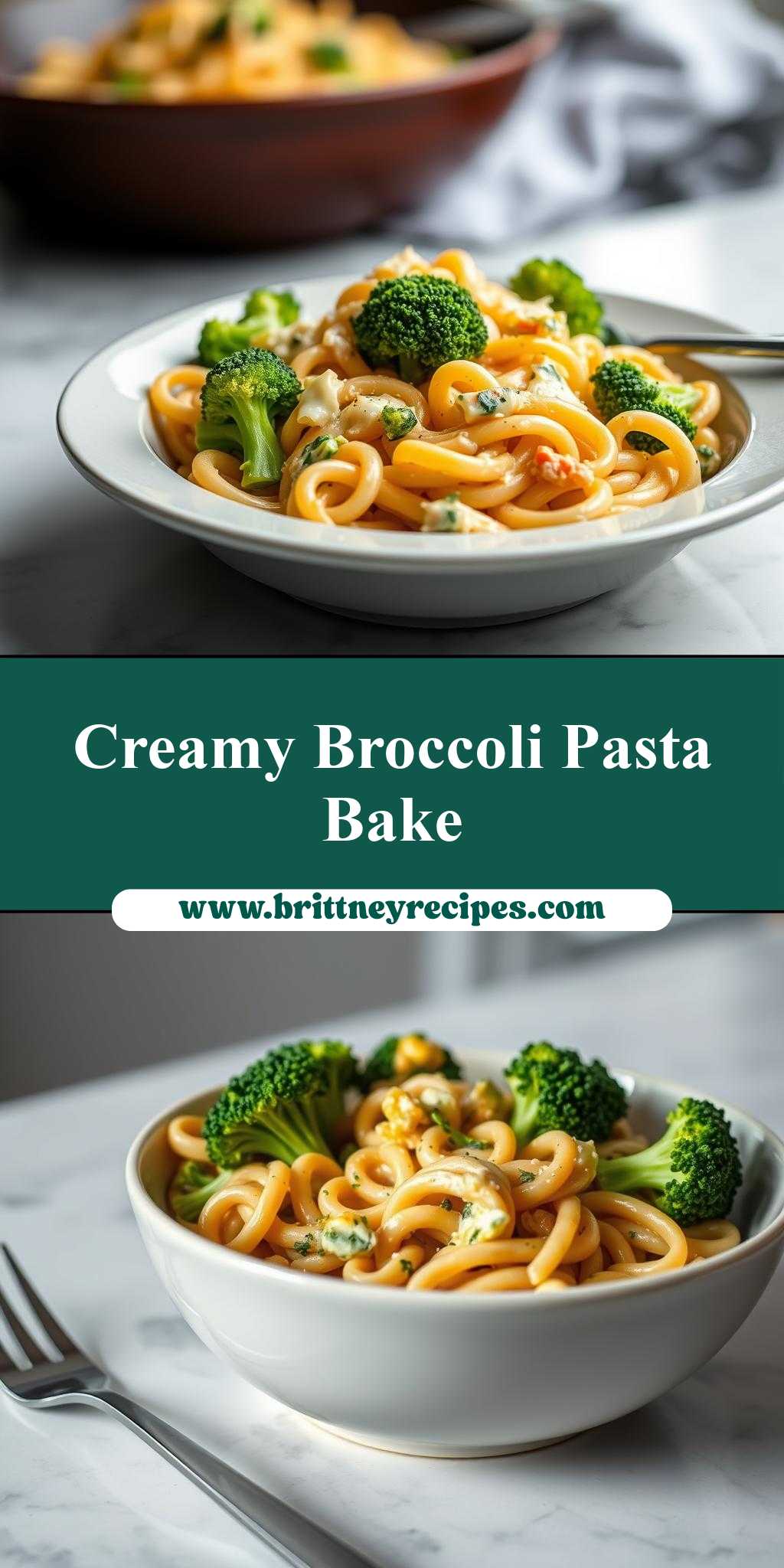What makes a perfect weeknight dinner? A delicious homemade broccoli and cheese pasta, of course, with a quick cooking method and easy cleanup. Featuring tender broccoli and a blend of creamy cheese, this family favorite is a must try for a satisfying meal. Save this idea for your next easy dinner inspiration.
broccoli and cheese pasta with broccoli in a bowl on a table
Introduction
Imagine a dish that combines the simplicity of pasta, the vibrancy of broccoli, and the richness of cheese, all coming together in a harmonious balance of flavors and textures. This broccoli and cheese pasta is not just a meal; it’s an experience that will delight your senses and leave you wanting more. The best part? It’s incredibly easy to make, requiring minimal effort but yielding impressive results. With everyday ingredients, you can create a culinary masterpiece that’s both comforting and sophisticated, perfect for a weeknight dinner or a special occasion.
Why This Works
- Flavor balance and ingredient accessibility: This recipe strikes a perfect balance between the earthiness of broccoli, the tanginess of cheese, and the neutrality of pasta, making it accessible and enjoyable for a wide range of palates.
- Ease of preparation: The steps are straightforward, and the ingredients are readily available, making it a stress-free cooking experience.
- Impressive results with minimal effort: Despite its simplicity, the dish presents beautifully, especially when served in a bowl with a generous portion of broccoli on top, making it a great option for entertaining guests.
Key Ingredients
The main ingredients for this recipe include pasta of your choice (though shorter shapes like penne or fusilli work best), fresh broccoli, a variety of cheese (parmesan and mozzarella provide a nice balance), olive oil, garlic, salt, and pepper. For practical substitutions, you can use frozen broccoli if fresh is not available, and feel free to experiment with different types of cheese or add some spice with red pepper flakes. The beauty of this dish lies in its versatility and the ability to customize it according to your taste preferences.
Instructions
- Step 1: Begin by preparing your ingredients. Chop the broccoli into florets, mince the garlic, and grate the cheese. Cooking the pasta according to the package instructions is the first step in preparing the base of the dish.
- Step 2: In a large skillet, heat some olive oil over medium heat. Add the minced garlic and cook until fragrant, then add the broccoli florets. Cook the broccoli until it’s tender but still crisp, seasoning with salt and pepper to taste.
- Step 3: In a large pot of boiling, salted water, cook the pasta until it’s al dente. Reserve a cup of pasta water before draining the spaghetti. In the same skillet used for the broccoli, combine the cooked pasta, grated cheese, and a bit of the reserved pasta water. Toss everything together until the cheese is melted and the pasta is well coated, adding more pasta water if needed to achieve a creamy sauce.
- Step 4: To serve, place a portion of the pasta in a bowl, top it with additional broccoli florets, and drizzle with some extra olive oil if desired. This step is all about presentation, so don’t hesitate to get creative with the placement of the broccoli and the sprinkle of cheese on top.
Handy Tips
- When cooking pasta, always salt the water generously, as this will enhance the flavor of the pasta. Also, don’t overcook the broccoli; it should retain some crunch to provide a nice texture contrast to the soft pasta and cheese.
Heat Control
Heat control is crucial in this recipe, especially when cooking the garlic and broccoli. Medium heat is ideal for cooking the garlic without burning it and for tenderizing the broccoli without making it too soft. When melting the cheese, low heat is recommended to prevent the cheese from separating or becoming too oily.
Crunch Factor
Achieving the right crunch factor in this dish is largely about not overcooking the broccoli. By cooking it until it’s just tender, you ensure it retains some of its natural crunch, which provides a satisfying texture contrast to the dish. Additionally, using shorter pasta shapes can help in achieving a better texture balance, as they tend to hold onto the cheesy sauce better than long, thin shapes like spaghetti.
Pro Kitchen Tricks
- One expert tip is to add a little bit of the pasta cooking water to the cheese sauce. This starchy water helps to create a creamy, well-balanced sauce that coats the pasta evenly. Another trick is to not overmix the pasta and cheese; stop tossing once they’re just combined to avoid a clumpy, overcooked mess.
Storage Tips
- This dish is best served fresh, but leftovers can be stored in an airtight container in the refrigerator for up to 2 days. Reheating can be done in the microwave or on the stovetop, adding a bit of water or milk if the sauce has thickened too much. It’s not recommended to freeze this dish, as the texture of the pasta and cheese can become unpleasantly mushy upon thawing.
Gift Packaging Ideas
While this dish is primarily meant to be enjoyed fresh, if you’re looking to share it as a gift, consider packaging it in insulated containers to keep it warm. Adding a side of garlic bread or a simple green salad can elevate the gift. For a more rustic approach, serve it in a beautifully crafted wooden bowl or a vintage pasta server, garnished with fresh herbs or edible flowers for a pop of color and fragrance.
Flavor Variations
- Different spices: Adding a pinch of nutmeg or a sprinkle of red pepper flakes can give this dish a unique twist. Nutmeg enhances the cheesy flavor, while red pepper adds a nice kick of heat.
- Creative toppings: Consider adding some toasted pine nuts or almonds for crunch, or some dried cranberries for a sweet and savory contrast. Fresh herbs like parsley or basil can also add a bright, freshness to the dish.
- Ingredient swaps: For a vegan version, swap the cheese with a vegan alternative and use nutritional yeast to replicate the cheesy flavor. You can also add other vegetables like bell peppers or mushrooms to increase the nutrient density and variety of the dish.
Troubleshooting
- Texture problems: If the pasta becomes too mushy, it’s likely been overcooked. For the cheese sauce, if it becomes too thick, add a bit of pasta water. If it’s too thin, add more grated cheese.
- Ingredient replacements: If you’re out of parmesan, other hard cheeses like pecorino or romano can be used. For mozzarella, you can substitute it with other soft cheeses like ricotta or goat cheese, though the flavor profile will be slightly different.
- Over/undercooking signs: Pasta that’s overcooked will be very soft and mushy, while undercooked pasta will be hard in the center. For broccoli, overcooking results in a soft, unappealing texture, while undercooking leaves it too raw and crunchy.
FAQs
- Can I freeze it? It’s not recommended to freeze this dish due to the potential for the pasta and cheese to become mushy upon thawing.
- Is it gluten-free? This depends on the type of pasta used. If gluten-free pasta is used, then the dish can be considered gluten-free, otherwise, it’s not suitable for those with gluten intolerance.
- Can I double the recipe? Yes, you can easily double or even triple the recipe if you’re serving a larger crowd. Just ensure you have enough pots and pans to cook everything efficiently.
Conclusion
This broccoli and cheese pasta is a true delight, offering a comforting, flavorful meal that’s both easy to prepare and impressive to serve. With its versatility in ingredients and presentation, it’s a recipe that can be enjoyed by everyone. Whether you’re a seasoned chef or a beginner in the kitchen, this dish is sure to become a favorite, and with a little creativity, you can make it your own. So go ahead, get cooking, and enjoy the process of creating something truly delicious!

